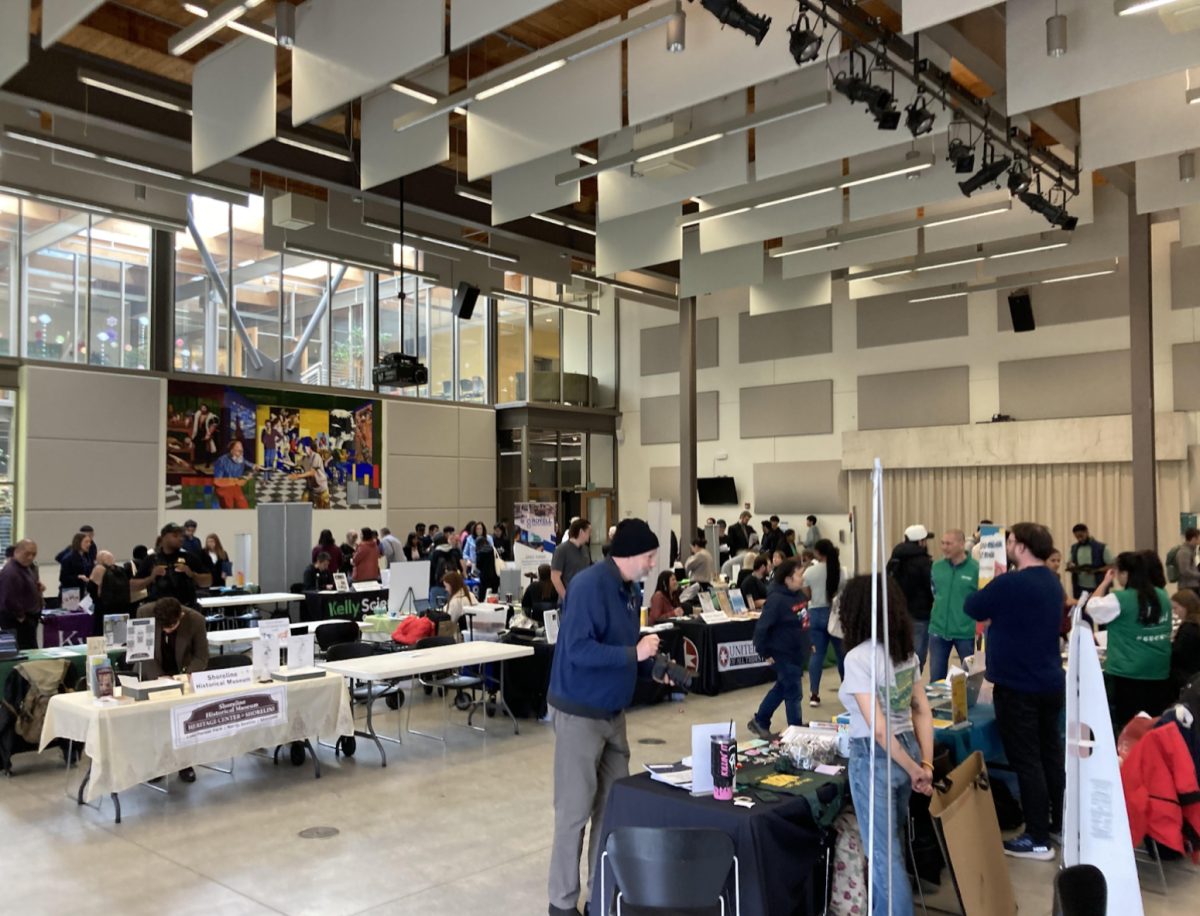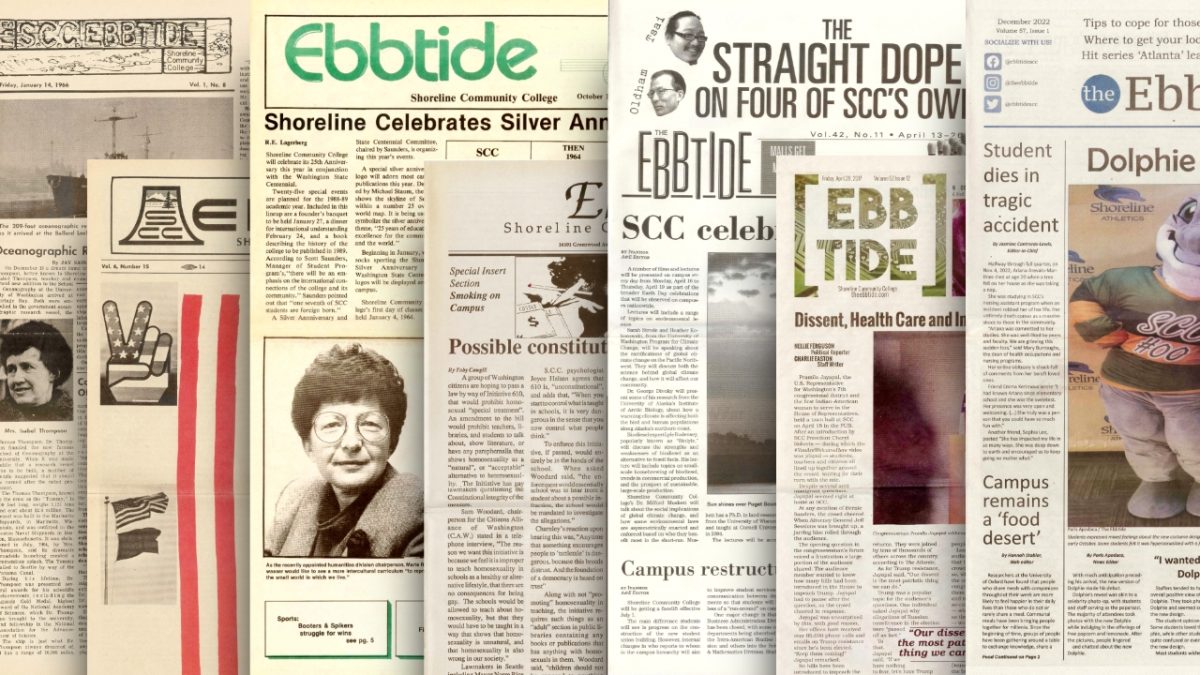A CHEMICAL BREAKDOWN OF YOUR FAVORITE STIMULANT
Caffeine is the most commonly used psychoactive drug in the world, and a number of its users have no idea exactly how it works.
The chemistry behind it is simple, yet even today some of its methods are still unknown to scientists.
The Science
Caffeine takes about 20 to 30 minutes to digest, travel through your bloodstream and cross through the blood-brain barrier. The crossing is the mysterious part.
The blood-brain barrier is like the secret service for your grey matter: It keeps out pathogens and viruses and protects your brain, like the president in the White House. Only molecules with security clearance make it to the brain.
It is still unknown exactly what ninja skills caffeine has that allows it to sneak past security, but once inside, caffeine turns into a bad roommate.
The way caffeine keeps you energized is by stealing another molecule’s favorite chair. Adenosine is a molecule that is created in your brain and results in drowsiness throughout the day. It binds to receptors in the brain — its favorite chair — and waits for its drinking buddies to show up and share a laugh as you grow groggy and fall asleep to their dad jokes.
The chair of your mind is perfectly formed to seat adenosine, but the caffeine molecule has a very similar shape, so when it shows up, it can fit into the seat quite comfortably.
Caffeine has different plans for this throne: Not only does it get off on blocking adenosine, it also sends signals to pump serotonin (happy drug) into your central nervous system, keeping you alert and unresponsive to fatigue.
Caffeine also has a half-life of six hours, so even when half of its buddies take off and adenosine starts to slip in, you are still feeling half the effects of caffeine in your brain for the next six hours. All the while, adenosine is still being produced in your brain but not being used. So when the caffeine is satisfied and disappears, there is a giant mob of adenosine playing musical chairs and filling every last seat (coffee crash).
The Caffeine Strategy
The bad news is drinking more caffeine when you’re crashing or tired already isn’t going to help — but there are strategic ways to take your caffeine that are beneficial to your health and wallet.
According to a study conducted by mattress company Amerisleep, the average coffee drinker spends $1,000 to $2,000 a year on caffeine in its various forms. If you are buying that second coffee, tea or energy drink when you are coming down off your first one, you’re wasting money. Caffeine works by blocking sleep, not waking you up.
The two best ways to get the most out of your caffeine are to wait about an hour after you have already woken up, or to take what’s called a “caffeine nap” later in the day. By waiting about an hour after waking up, the adenosine receptors clear out, leaving the maximum possible space for caffeine molecules.
The “caffeine nap” has been shown through scientific studies at The Society for Psychophysiological Research to actually improve alertness and mental clarity even more so than a regular nap. The tricky part is the timing: You have to be ready to rest your head for at least 20 minutes then consume your caffeine quickly — espresso works best for this.
After that, set a timer for 20-25 minutes and lay down to sleep or just relax as much as possible and drift in and out of sleep. This works very well during a coffee crash.
The sleeping or resting will satisfy the adenosine as the caffeine works its way through your digestive system and bloodstream. As the adenosine leaves your brain’s receptors, the caffeine will slowly work its way in and the dopamine release will have you waking up with more clarity and energy.







